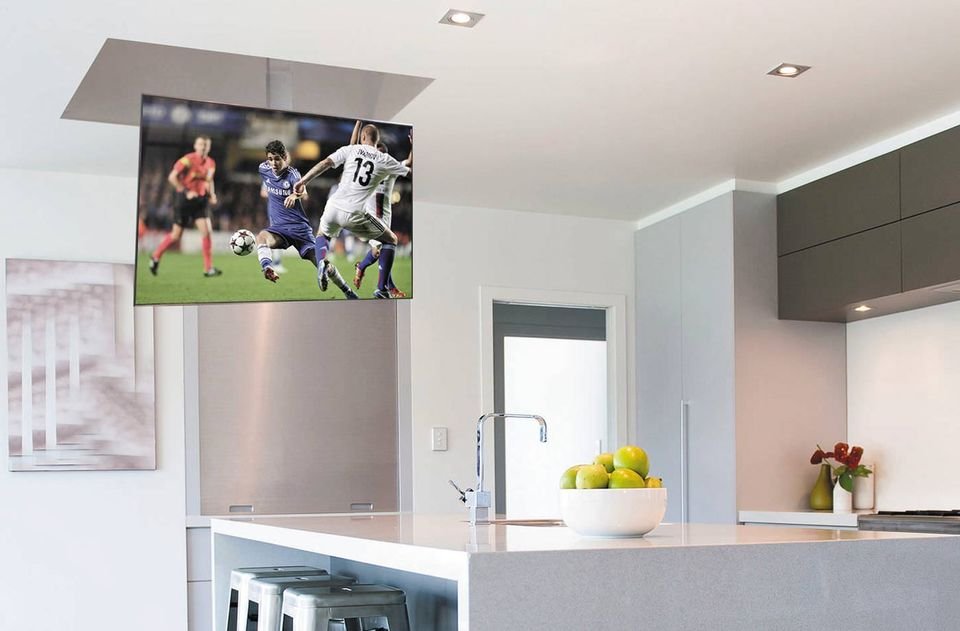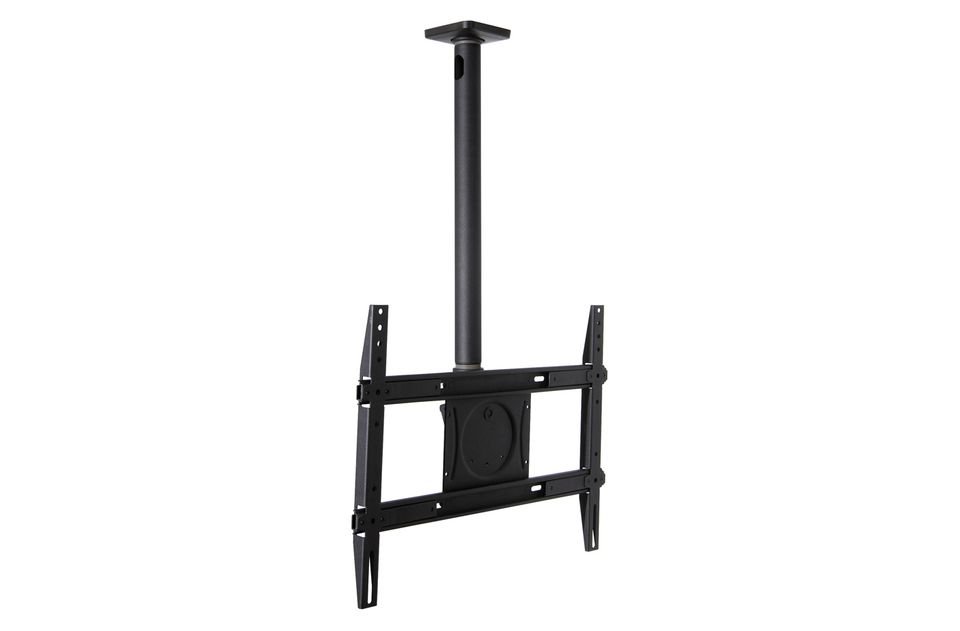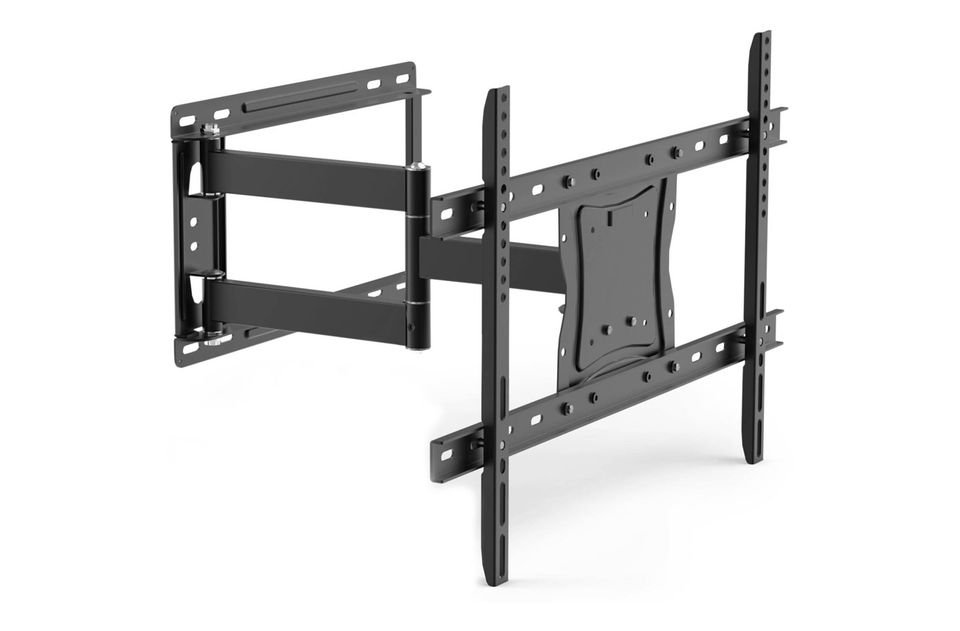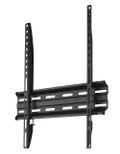Your Guide to TV Mounts
Are there certain standards for choosing a TV mount? Are there different models and types?





With the development of TV’s and screens and the improvement of their designs and shapes (especially flat screens), users now need to purchase some TV accessories like TV mounts.
There are many models of flat screen mounts like wall mounts or the type that comes with most flat screens: the base that supports the screen and enables you to put it on a table.
We must point that some companies that manufacture TV screens provide a mount when purchasing a TV. You will find it in the list of accessories that comes with the TV. However, there are other companies that do not provide a mount and so the user needs to buy one separately.

It is important to put the TV screen in a place that is suitable with the interior design. It is also important to determine the different angels that you want to watch TV from in a room to find the best type of mount you want to buy.
Some TV mounts give you the freedom to move the screen around so that the screen can be seen from all over the room. And some can be used to hold the screen while providing a tilt suitable to the viewing eye.
Labeb.com, and through this article, will introduce you the different types of TV mounts, their use, and then list some specifications you need to consider before making a decision.
Types of TV and Screen Mounts
TV and screen mounts are available in the market in different models; some are suitable for small rooms, while others are suitable for living rooms, kitchens, and bedrooms. There are also some that are suitable for restaurants, hospitals, etc… In this next section, we will list the major types of mounts, their specifications, and usage type!
Low-Profile Mount

A low-profile mount is the type hung on walls. It is the easiest to install and most companies provide it with the TV upon purchase.
It is the cheapest type of mounts when compared to others. It is made from a stationary metal frame that holds the screen on the wall. It allows the viewer to see the TV from a wide vertical and horizontal angel, as well as being a good choice for small rooms since it saves space!
The disadvantage of this type is that the user cannot move the screen. Once installed on the wall and fixing the screen on it, it will be difficult to move the screen upwards, downwards, right, or left.
This type is suitable for small rooms, entertainment Centre’s, and video gaming stores.
Tilting Mount

This type of mounts holds the screen to the wall while allowing simple repositioning. The difference between it and the low-profile mount is that this type allows the user to move the viewing angel in a vertical angel ranging between 5 to 15 degrees.
As for prices, it is more expensive than low-profile mounts and within the same range of a full-motion mount. The disadvantage of this type is that it moves upwards and downwards only and not to the right or left.
This type is suitable for bedrooms, above a fireplace, in meeting rooms, and retail stores.
Full-Motion Mount

The full-motion mount has many designs. It allows the viewer to adjust all the angles: upwards, downwards, right, and left.
It has an adjustable metal arm that connects the screen to the wall. This arm allows the user to move the TV away from the wall or closer to it.

This model has three main types: the first is the adjustable mount with an arm that is suitable for kitchens and big living rooms. It moves upwards and downwards in an angel ranging between 15 to 20 degrees. It also allows the user the freedom to move the screen in a circular motion to the right and left in an angel around 60 degrees.

The second is the ceiling mount. This type is mostly used in stores and Centre’s like restaurants, coffee shops, and hospitals. It provides a lot of space since it is hung on the ceiling.

The third is the simple-full-motion TV mount. It has a base that is placed under the TV allowing the viewer to move the screen in many angels. It is placed on a table and it is also provided with the TV as one of its accessories.
Extra Specifications

Choosing the suitable mount has to go through two main phases, the first involves choosing the correct model and the second includes checking the specifications and features. The specifications and features include the ability to put the receiver under the TV, and having a place for the cords.
It is important to check the size and weight of TV and screen, and then make sure the mount can support these factors (weight and size). A 43-inch mount can support 43-inch screens.
Summary

After choosing they type of TV mount and their extra specifications, check the TV’s weight and size and whether the mount can support it or not.
Labeb will advise you to get a low-profile mount if you have a plasma screen as the other types of mounts do not give you a clear view. This is because changing the viewing angel when watching a plasma screen will not give you a good picture.
It is important to ask for assistance when at the TV store as sometimes installing the mount requires at least one or more person if the TV screen is big.
The smart choice begins in a small first step. In previous articles, we presented you with a guide on how to choose the correct TV screen for your home that you can check out by pressing here.
Finally, we would like to remind you that you can find many products on Labeb.com from electronics, tablet, mobiles, and computers.
You can also reach the stores that sell the product you are looking for, find their prices and location, and have the ability to compare products.
Be smart before making a purchase!
- [[PropertyDescription]] [[PropertyValue]]
























